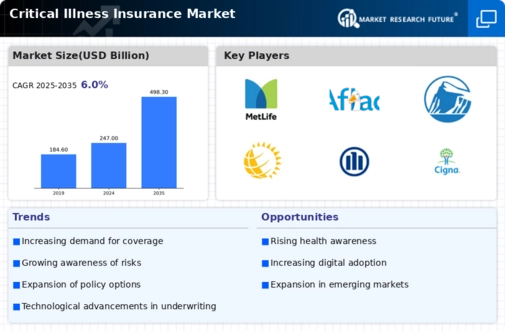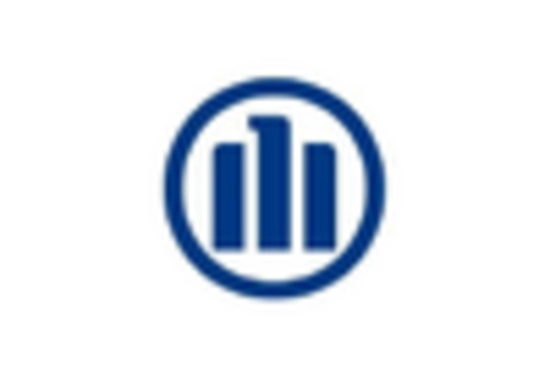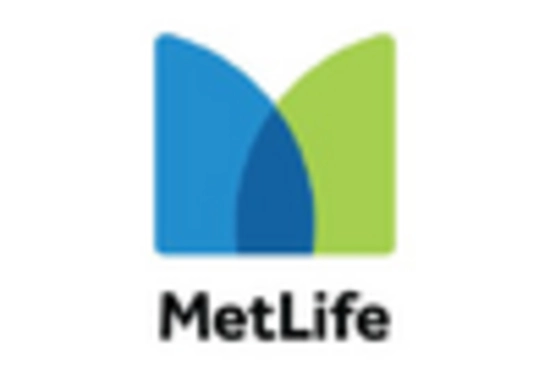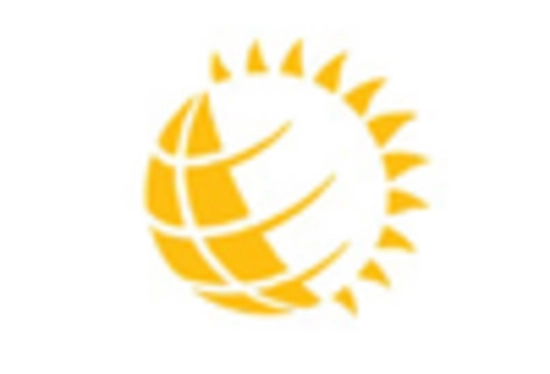Market Analysis
In-depth Analysis of Critical Illness Insurance Market Industry Landscape
Critical illness encompasses conditions that are life-threatening, requiring extensive care and continuous monitoring, often within intensive care settings. The global market for critical illness insurance anticipates robust growth, primarily propelled by the escalating instances of severe illnesses such as cancer, stroke, heart attack, renal failure, and various others.
Cancer, a significant global health concern, exerts a profound impact on societies worldwide. According to the National Cancer Institute, an estimated 1,735,350 new cases of cancer were diagnosed in the US in 2018, leading to 609,640 deaths. Similarly, data from Cancer Research UK revealed approximately 8.8 million new cancer cases among males (52%) and 8.2 million among females (48%) in 2018 on a global scale.
Moreover, stroke ranks as the third leading cause of mortality in the United States. Statistics from the Internet Stroke Center indicate that over 140,000 individuals succumb to stroke annually in the US. Additionally, as per the Centers for Disease Control and Prevention (CDC), approximately 805,000 Americans experience a heart attack each year.
Managing and treating these critical illnesses incur substantial expenses. For example, the estimated national expenditure for cancer care in the US reached USD 147.3 billion in 2017. In the absence of comprehensive health insurance coverage, patients face significantly higher out-of-pocket expenses, rendering millions unable to afford the necessary care. Critical illness insurance serves as a financial safeguard for patients, providing protection against the formidable costs associated with treatment. Consequently, the surge in life-threatening disease cases and their corresponding high treatment expenses fuel the adoption of critical illness insurance, thereby driving the growth of this market.

















Leave a Comment